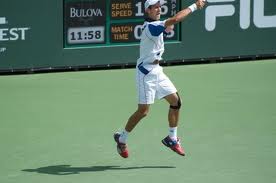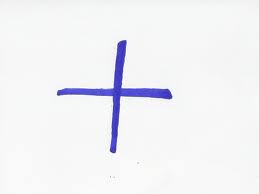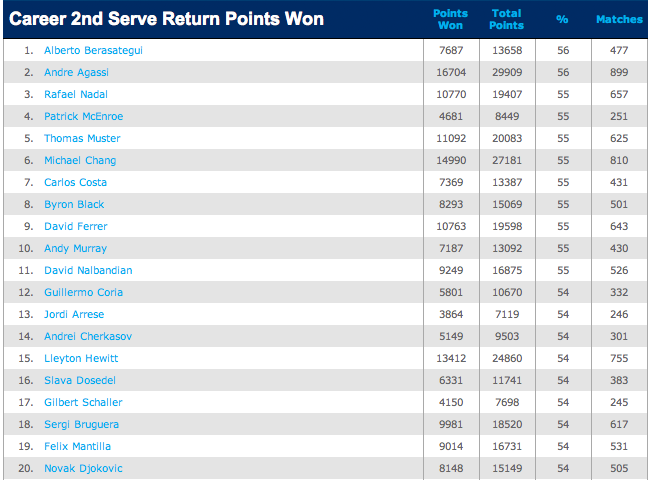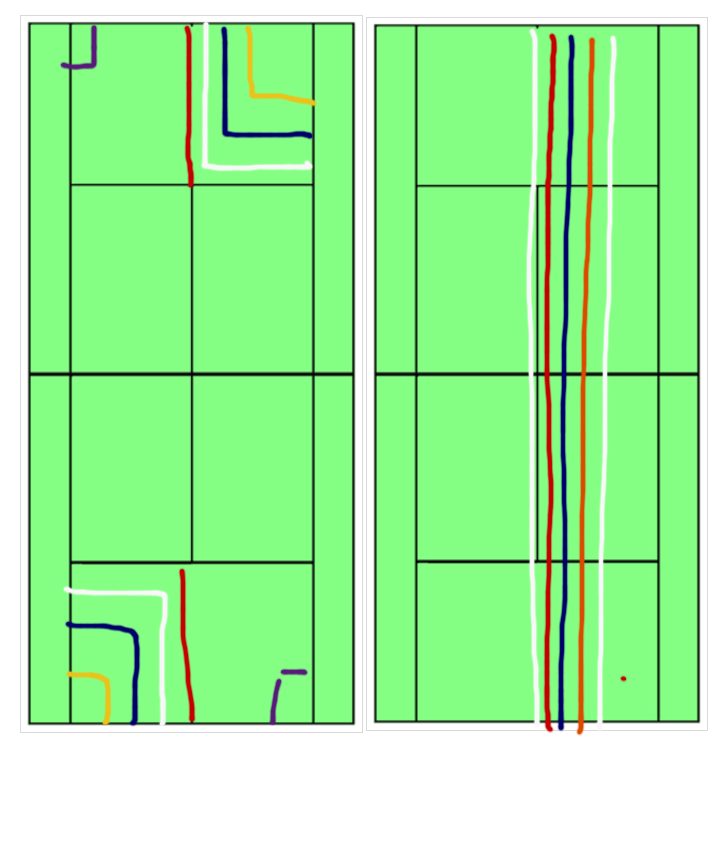Tips for Playing Against Heavy Topsins
 Thursday, January 12, 2012 at 12:09PM
Thursday, January 12, 2012 at 12:09PM  CAtennis
CAtennis  With the Australian Open fortnight upon us - a tournament generally known for higher ball-bounces (although the Plexicushion has sped things up quite a bit resulting in slightly lower bounces) - let's take a look at some tips for playing against a player with high-bouncing topsin strokes.
With the Australian Open fortnight upon us - a tournament generally known for higher ball-bounces (although the Plexicushion has sped things up quite a bit resulting in slightly lower bounces) - let's take a look at some tips for playing against a player with high-bouncing topsin strokes.
1. It goes without saying ("well, why are you saying it then, genius?!") that if you want to handle high topsins from the opponent, you should be practicing against people who hit with a lot of topsin. This will allow you to read their body language and ball trajectory so that you can anticipate the type of bounce as well as depth thereof. It can be a daunting task to try to take on such a player for the first time in a match. So improve your chances by playing against similar players in advance.
2. Footwork; footwork; footwork. When you're trying to handle extreme topsins, you must be prepared to not only move forward and backwards but also sideways. Remember that an opponent can generate topsin that rotates "top-wise" or even slightly lop-sided (by brushing upwards AND to the outside/inside of the ball). If the latter happens, you must be prepared to for a ball the explodes sideways slightly and take an extra step or two before striking the ball. Don't get set too soon (as you would against a flat shot that is driven into the contact point); keep moving until you're in optimal position to strike. Adjust the angle of attack so that you're always moving forward and slightly to the side. If you get set too soon, there's a possibility that you may be either too closed or too open - making for an ineffective stroke (which the opponent can demolish) - or that you will allow the ball to bounce over your shoulder (which is exactly what your opponent wants to see happening).
 3. When the ball comes high, think "low". It is tempting, when seeing a high ball, to want to stand straight up "since the ball will end up bouncing high anyway" (DOH!!!). However, this type of thinking can be dangerous. When the ball bounces vertically and you swing horizontally, the two paths (1. path of the ball; AND 2. path of the racket) form a "plus" sign. Unless you have picture-perfect timing, there's a strong chance that you will either (a) mis-hit the ball, (b) generate insufficient pace, or (c) hit a ball without much arc (resulting in either an error or a short ball). To correct this, think about getting low as soon as you see the high ball leaving your opponent's racket and, after you've set up (see step #2 above), come up with the ball. If you you manage to do this well, although the racket will still swing through horizontally, the path of the racket will be at an upward angle (synchronized with the upward movement of your body). In other words, when compared to your body, the racket moves horizontally just as before; however, when compared to the ground, the racket actually moves upwards. This allows for not just better timing but also for a ball with more arc (and margin for error) over the net. Furthermore, by working with the legs, you don't have to tinker with the path of your stroke.
3. When the ball comes high, think "low". It is tempting, when seeing a high ball, to want to stand straight up "since the ball will end up bouncing high anyway" (DOH!!!). However, this type of thinking can be dangerous. When the ball bounces vertically and you swing horizontally, the two paths (1. path of the ball; AND 2. path of the racket) form a "plus" sign. Unless you have picture-perfect timing, there's a strong chance that you will either (a) mis-hit the ball, (b) generate insufficient pace, or (c) hit a ball without much arc (resulting in either an error or a short ball). To correct this, think about getting low as soon as you see the high ball leaving your opponent's racket and, after you've set up (see step #2 above), come up with the ball. If you you manage to do this well, although the racket will still swing through horizontally, the path of the racket will be at an upward angle (synchronized with the upward movement of your body). In other words, when compared to your body, the racket moves horizontally just as before; however, when compared to the ground, the racket actually moves upwards. This allows for not just better timing but also for a ball with more arc (and margin for error) over the net. Furthermore, by working with the legs, you don't have to tinker with the path of your stroke.
Closely related to this concept is trying to shorten the backswing a bit in order to have better timing. Remember that an exploding topsin has, in fact, pace. However, this pace is vertical (produced by spin as well as gravity) as opposed to horizontal (such as on a flat shot). A smart player will redirect this pace (by adjusting the face of the racket) and send the ball back to the opponent in an effective manner. If, however, you try to do this with a huge backswing, either your timing will be affected or you will mis-judge the amount of pace required. Therefore, try to cut down on your backswing just a tad and see how that works (particularly if you actually "stay down" and take the ball close to the bounce). After a couple of shots, you should be able to feel the amount of pace required.
4. If all else fails, match the angle of the racket with the angle of the bounce. Assuming that you cannot adjust to a ball as outlined above, you may have to recognize that your opponent has managed to put you in a defensive position. In that case, rather than trying to hit a flat shot against a high-bouncing ball (which may end up going into the net), try to match the angle of your swing (i.e., path of the racket) with the angle of the ball-bounce. For example, if the ball explodes off the court at 80 degrees then try to drop the racket under the ball so that you can swing upwards at 80 degrees as well (towards the ball). Too many players try to "cover" a high-bouncing ball resulting either in a mistake in the net or a short ball. Forget it! Match the angle of the bounce and send the ball back high and deep to the opponent. Let HIM try to fight off the high ball - if you're lucky, he may just miss or hit you a short ball that you can thump.
What suggestions do you have for playing against someone with massive topsins?




